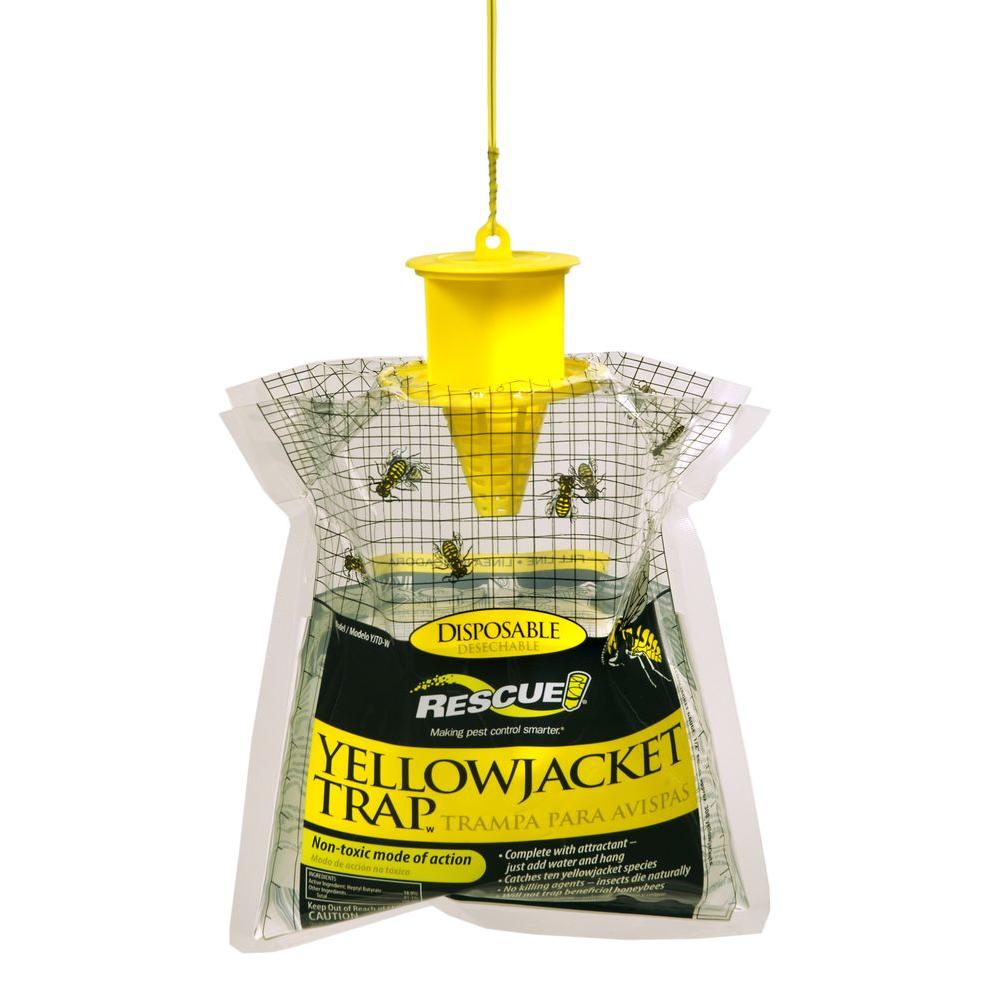Hello Toby.
WO, not meant to criticise !, although reading my clumsily worded post can see it looked like it, really just interested in the "where" and "how" of getting rid of the colony.
I had a HUGE colony last year in my suburban back garden, decided had to go due to my two little kids, tried every organic method I could .
Tried to drown them, ramming hose into opening ( in compost heap ), tried to bury them, tried to douse the nest with bucket fulls of a nuclear concoction of vinegars, tabasco sauce, chile powder !!! ( got off internet ) ... Was like Curry Night for them, not a bother to them.
Did all this by at night by torchlight in a state of near panic, each time thinking I was gonna be mugged by thousands of them poring out of the nest !
On one especially clumsily executed hose drowning escapade, after ramming the hose into the entrance and seeing some piling out ready to attack. I turned to flee and got my feet tangled up in the coiled hose and fell into a Gooseberry bush !!
So hence my interest in how you approached it ( hopefully and probably better than me !"

Do believe though they themselves are fascinating creatures (
and where they pose no immediate danger !! ) , which they did obviously in your case, should be left alone as they are a vital part of the ecosystem.
Cheers
Brian.







